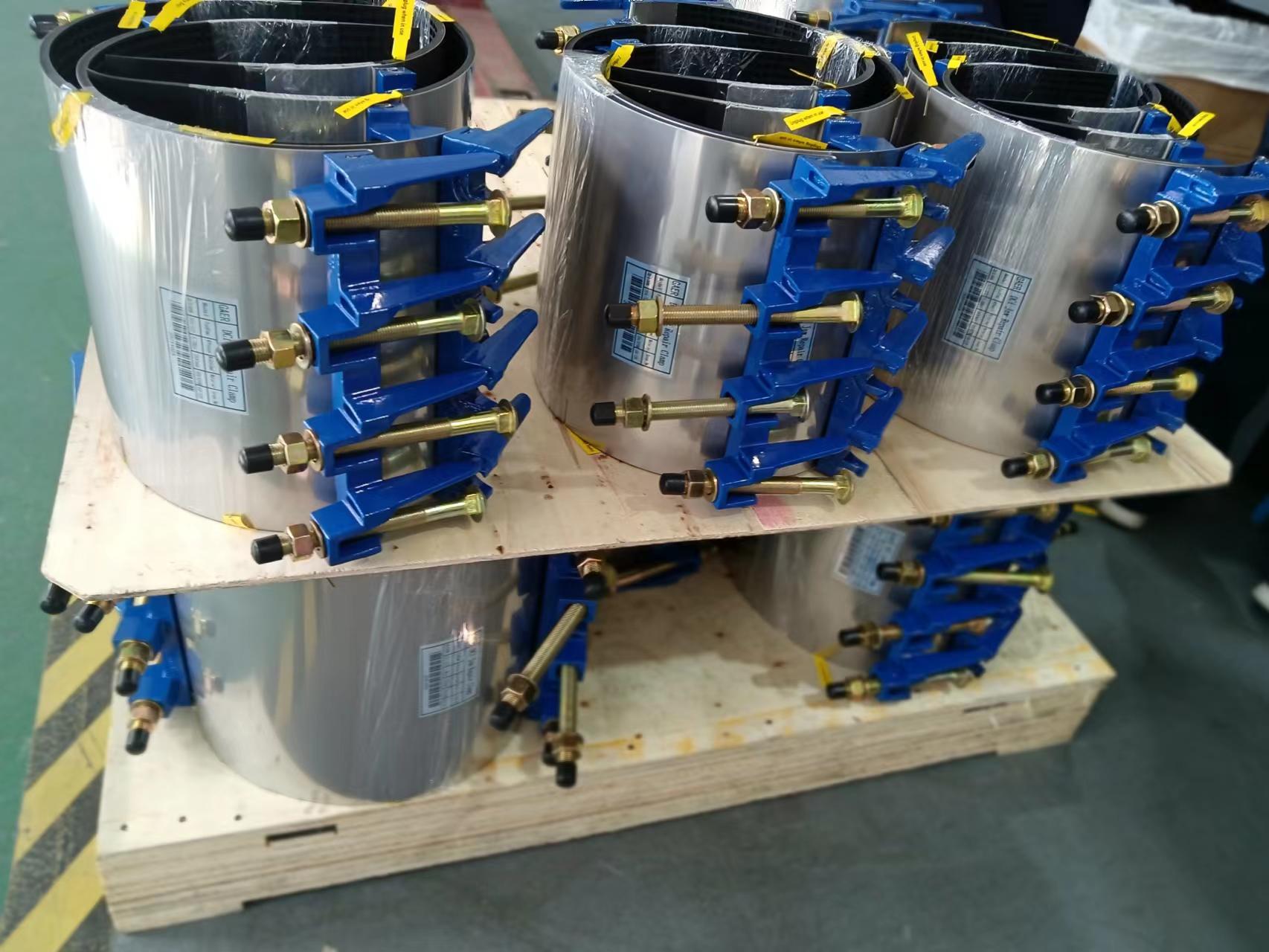round drain cover
The Significance of Round Drain Covers Design, Utility, and Aesthetics
Round drain covers, often overlooked in the daily bustle of urban life, serve a multifaceted role that extends far beyond their basic function. These seemingly simple circular grates are essential components in managing stormwater and sewage systems. An exploration of their design, utility, and aesthetic adaptability will shed light on why round drain covers are both practical and significant in contemporary urban planning.
Functional Design and Benefits
The primary function of a drain cover is, naturally, to protect drainage systems from debris while providing a safe passage for water. Round drain covers boast several functional advantages over their square counterparts. One of the most compelling reasons for their design is structural integrity. A round shape uniformly distributes the weight applied from above, meaning that it is less likely to crack under heavy loads, such as vehicles. This quality enhances its durability and reduces the frequency of replacement, ultimately leading to cost savings for municipalities and property owners alike.
Moreover, round drain covers are engineered to prevent accidental displacement. Unlike square covers, which can potentially be rotated and fall into the opening, a round cover cannot be dropped through its circular opening. This inherent safety feature minimizes the risk of accidents, making them a preferred choice in public spaces where pedestrian safety is paramount.
Utility in Urban Planning
Beyond their immediate protective role, round drain covers also play a crucial part in urban drainage systems by minimizing flooding and managing stormwater runoff. Many urban areas are plagued by insufficient drainage capacity, leading to flooding during heavy rainfall. The design of drain covers contributes to a more efficient drainage system, allowing for swift water removal. Well-placed drain covers ensure water flows seamlessly into underground systems, reducing the likelihood of surface flooding.
round drain cover

Additionally, drainage systems equipped with round covers can incorporate innovative technologies, such as permeable materials that allow water infiltration while filtering pollutants. This eco-friendly approach not only enhances functionality but also promotes sustainable urban ecosystems. Thus, round drain covers contribute to effective urban planning by supporting environmental conservation efforts.
Aesthetic Considerations
In today's urban landscape, aesthetics matter. The traditional utilitarian appearance of drain covers has evolved, with designers integrating artistic elements into their work. Round drain covers can be customized with intricate designs, colors, or even localized motifs that reflect community culture or history. For instance, a city might choose a drain cover adorned with patterns reflective of its architectural style, creating a unified aesthetic experience as residents and visitors navigate the streets.
Such artistic drains do more than beautify; they can become focal points in public spaces, sparking conversations and enhancing community pride. Tourists are increasingly drawn to these unique design elements, which enrich their experience of the urban environment. Therefore, round drain covers serve not only as functional objects but also as canvases for artistic expression, embracing the concept of functional art.
Conclusion
Round drain covers exemplify the intersection of utility, safety, and design in urban environments. Their robust structure, ensuring minimal maintenance and optimal safety, alongside their role in effective stormwater management, makes them indispensable in urban planning. Additionally, as cities increasingly emphasize the importance of aesthetics, these covers have the potential to transform mundane infrastructure into visually appealing elements that celebrate local culture.
In summary, the simple round drain cover is a testament to how thoughtful design can enhance functionality while also contributing to a community's aesthetic identity. As cities grow and evolve, the importance of such often-overlooked items becomes more apparent, leading us to appreciate their role not just in drainage but in the overall urban experience. With this understanding, we can approach the infrastructure scattered throughout our cities with renewed appreciation for their function and form.
-
The Smarter Choice for Pedestrian AreasNewsJun.30,2025
-
The Gold Standard in Round Drain CoversNewsJun.30,2025
-
The Gold Standard in Manhole Cover SystemsNewsJun.30,2025
-
Superior Drainage Solutions with Premium Gully GratesNewsJun.30,2025
-
Superior Drainage Solutions for Global InfrastructureNewsJun.30,2025
-
Square Manhole Solutions for Modern InfrastructureNewsJun.30,2025
-
Premium Manhole Covers for Modern InfrastructureNewsJun.30,2025
